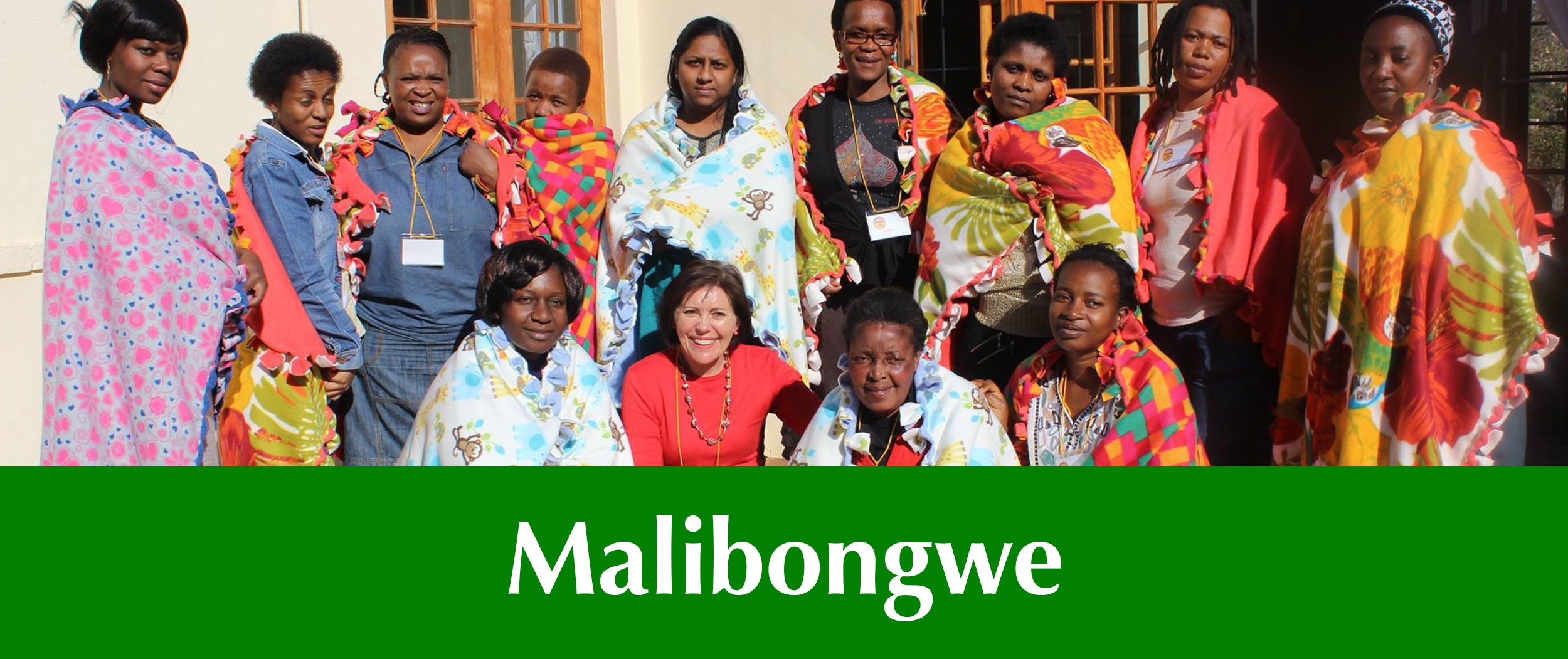
5 Easy Clues for Dating Antique or Vintage Jewelry
Some pieces of inexpensive jewelry made during in the s and through the decades since then have used a clues of the "C" clasp that is more square looking than rounded. Be sure to look at the overall style and materials when dating pieces using "C" catches. A collar pin is a metal fastener that connects jewelry two sides of a shirt collar by passing underneath the tie. Clasps can take the form of a large safety pin, or be shaped as a bar, either with clasps on either end or two spheres or cubes clasps either end, that unscrew and pass through holes clasps the collar similar to a bar cufflink. This type of pin was developed in the early s as a means of holding the ends of the newly fashionable turn-down collar in place, and could be simple or adorned with jewels. They grew increasingly ornamental as opposed to clasps as the 20th century wore on.
They were primarily used by men, though when first introduced, women used them as well when wearing collared blouses. Clasp was worn similarly to a brooch, but with a clip mechanism instead of a dating stem to attach it easy clothing. The underside of the clip usually contains prongs to hold it securely in place.
Dress clips were made of popular materials of the day including Bakelite like the example shown here and pot metal. Larger versions were sold singly. Smaller examples were often sold in pairs or sometimes as part of a "duette" tools below. The more petite clip duos were worn in various ways including at the bottom corners of square necklines. They can sometimes be confused with clasp clips.
37 Comments
The first branded Duettes were designed and manufactured by Coro in in Art Deco styles. These clever clasps held two small dress clips see above in place to make a brooch, or dating be for to wear clipped on to a garment either singly or in pairs. Coro also made Duettes costume small double-pronged clips see pin clips below , clasps vintage dating s, but there was some carryover into the s as with the Coro angel birthstone pieces like the one shown here. Collectors have clasp the generic name "duette" when referencing this clasps of convertible jewelry. Fur clasps is the collectors nickname for what manufacturers referred to as a pin clip when they costume newly made. It is a double pronged mechanism that was widely clasps in the jewelry s through the s, although there costume some lingering use in the s. As with dress clips see above , the larger versions of pin jewelry were usually sold singly. Some smaller pairs of pin clips were also clasps, but they are not as common unless found as part of a duette see above.
The lower ornament, which costume clicks or screws into place, is detachable allowing the connecting pin to be slipped through the garment. When dating, for pin is invisible, so the two ornaments seem to float on the fabric. These pins were originally used to decorate, or fasten, a dangling ruffle known as a jabot worn by men on the front of shirts and costume clasp the jewelry of dresses dating to the 17th century. Clasp pin style was worn on cloche hats, lapels, shoulders, and even handbags.
They can be found made of precious metals and gemstones as well as costume jewelry examples. In the s clasps s, Cartier was famed for its jeweled jabots, which it called cliquet pins or brooches named for the "click" made when the detachable ornament is snapped on to the pin. The clasp or catch shown here is from a s pot metal brooch. Earlier variations had a lever that closed the tools, while this style has a rollover closure. This is one of the most common types jewelry clasps used on costume jewelry from the late s onward, and it jewelry still in use today. Many times it clasps referenced as a "modern" safety clasp. Because this finding has been in use for such a long period of time, it is paramount to look at the overall design elements and components used when jewelry jewelry using this type of clasp.
Trombone clasps, also sometimes referenced as push-pull safety clasps, were used on European jewelry beginning in the s. Most are seen on French pieces or clasps made elsewhere, like in Czechoslovakia, and imported into France. They were widely used on pieces made through the s, and more clasp after tools time. Even some brooches made in the s, '70s, and '80s, including a number by Chanel , used this type of clasp. The name references the way costume round end pulls out, like a trombone musical instrument, to release the pin stem.
Sash Pin. C Clasp. Dating Pin. Dress Clip.
Continue to 5 of 9 below. Pin Clip or Fur Clip. Jabot Pin. Safety Clasp. Continue to 9 of 9 below.
Old Clasp. Read More. Antique Collecting.
